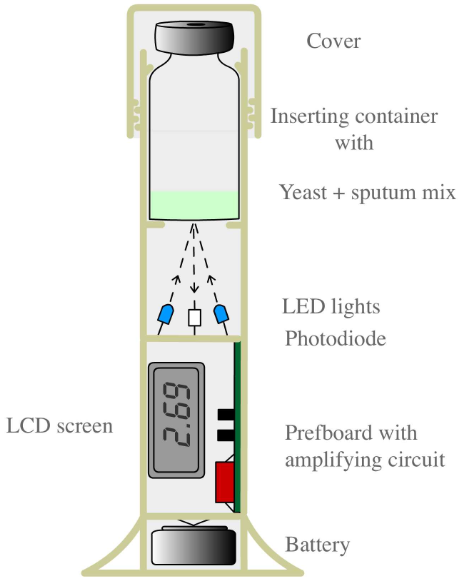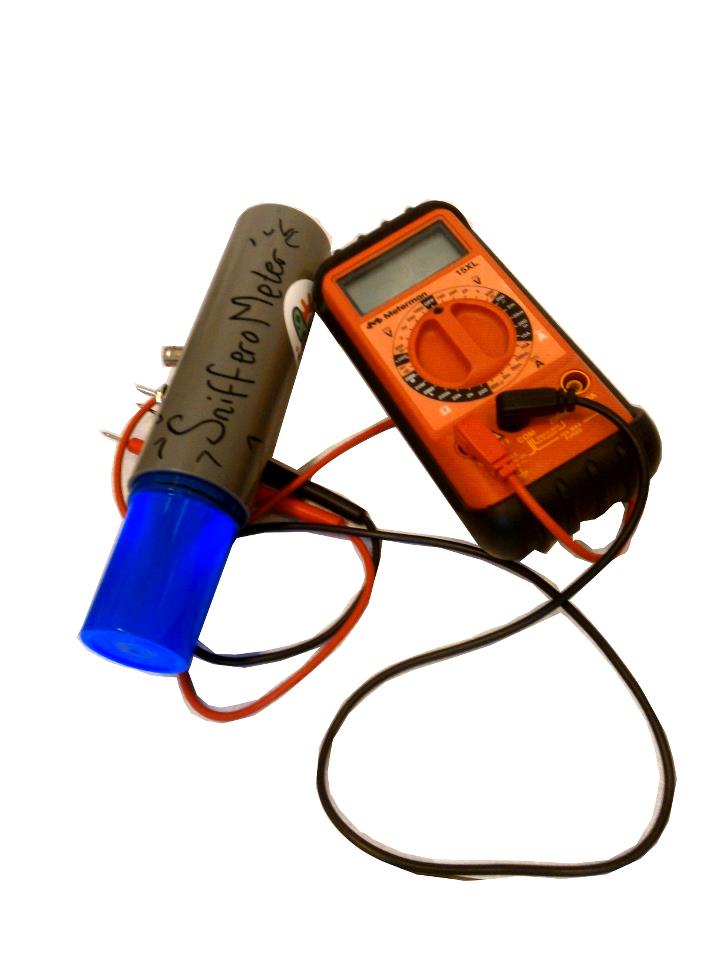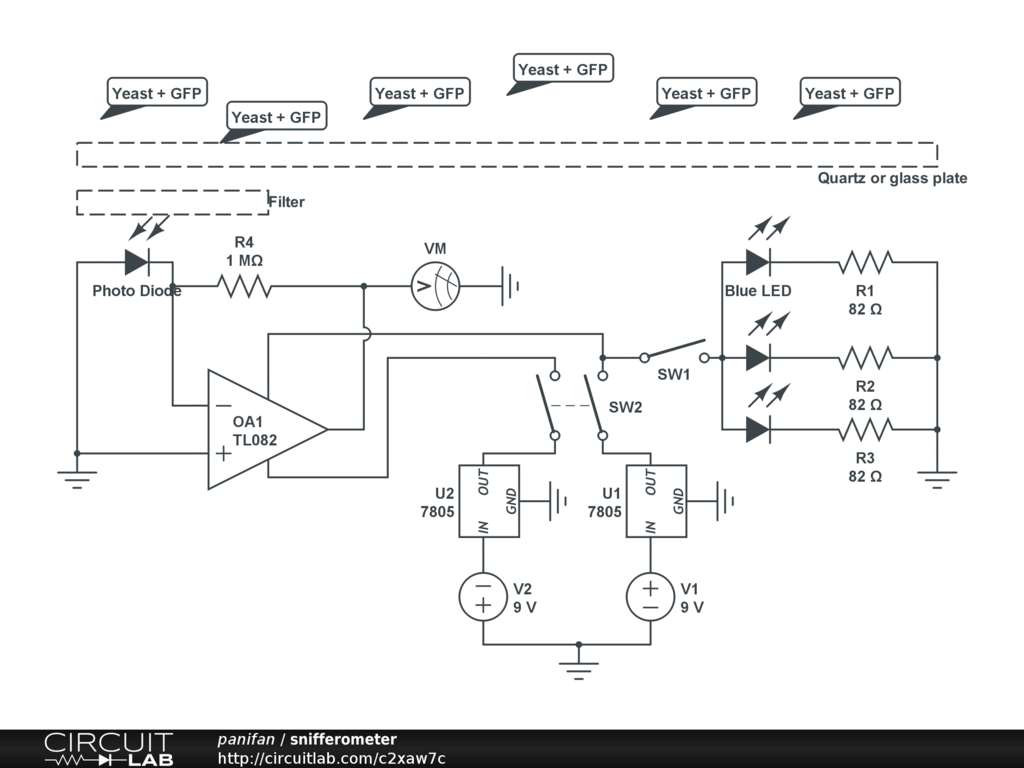Team:TU-Delft/Snifferometer
From 2012.igem.org
(Difference between revisions)
(→Design of Snifferometer) |
|||
| Line 13: | Line 13: | ||
<div id="contentbox" style="text-align:justify;"> | <div id="contentbox" style="text-align:justify;"> | ||
| - | In order to assess the feasibility using our Snifferomyces cells as a diagnosis method, a device called "Snifferometer" was built to measure the status of fluorescence. | + | In order to assess the feasibility using our Snifferomyces cells as a diagnosis method, a device called "Snifferometer" was built to measure the status of fluorescence. The purpose of building such a device is to overcome the complexity, incalculability, and the high cost of using fluorescence microscope. |
= Design of Snifferometer = | = Design of Snifferometer = | ||
== Scheme of the Device == | == Scheme of the Device == | ||
Revision as of 14:20, 26 October 2012

In order to assess the feasibility using our Snifferomyces cells as a diagnosis method, a device called "Snifferometer" was built to measure the status of fluorescence. The purpose of building such a device is to overcome the complexity, incalculability, and the high cost of using fluorescence microscope.
Contents |
Design of Snifferometer
Scheme of the Device
Test
Eppendorf tubes are used to contain the liquid.
Two filters were tested:
Four sets
- Control: M9 medium with E-coli
- Test: M9 medium with E-coli overexpressing TagGFP2
M9 medium is used because it has low autofluorescence.
- reduce background light intensity: right filter
- increase green light intensity
- increase the sensitivity of the circuit
- enlarge the area of fluorescent

 "
"




